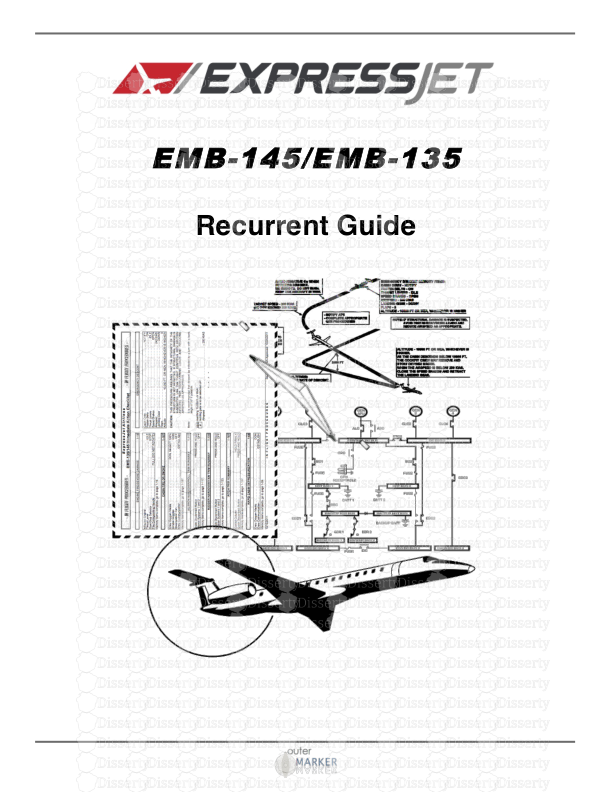!! ! EMB-145/EMB-135 Recurrent Guide !! ! !! ! EMB-145/EMB-135 Recurrent Guide
!! ! EMB-145/EMB-135 Recurrent Guide !! ! !! ! EMB-145/EMB-135 Recurrent Guide Brought to you by !! ! INTENTIONALLY LEFT BLANK !! ! iii! 05.25.2014 EMB-145/EMB-135 RG Table of Contents TABLE OF CONTENTS I. Introduction About This Manual 001-1 An Introduction to Advanced Qualification Program (AQP) 001-1 II. Knowledge Validation Limitations 002-1 Memory Items 002-2 Flight Deck Overview00 002-3 Power Source Summary 02-13 System Test Procedures 02-16 III. Special Purpose Operational Training All Engine Departure Hierarchy Flow Chart 0 3-1 Single Engine Departure Hierarchy 3-1 Single Engine Missed Approach Hierarchy 3-1 Approach Navigation Sources 3-2 IV. Maneuvers Validation Steep Turns 4-1 Stalls 4-2 Windshear Escape Maneuver 4-3 Aborted Takeoff 4-4 Engine Failure/Fire During Takeoff 4-5 Single Engine Approach 4-6 Go Around 4-7 V. Line Operational Evaluation Emergency Procedures 5-1 Threat and Error Management (TEM) 5-1 !! ! iv! 05.25.2014 EMB-145/EMB-135 RG Table of Contents INTENTIONALLY LEFT BLANK ! ! EMB-145/EMB-135 RG 05.25.2014 I. Introduction I. INTRODUCTION About This Manual This guide is designed to help current ExpressJet EMB-145 pilots prepare for recurrent training. This document contains an overview of topics and procedures commonly encountered in recurrent training that are not commonly experienced on the line. It is important to remember that this unofficial guide is just a review of the basics. It is recommended that you still study the source material (OM Vol. I, OM Vol. II, and the FOM) in order to effectively prepare for recurrent training. Contact me at JacobRSmith02@gmail.com if you have any comments, corrections, or suggestions. An Introduction to Advanced Qualification Program (AQP) In an attempt to change recurrent training from strictly a pass/fail event focused on the individual, the FAA and airline training departments have developed a training program focused on improving industry safety. The new training program is called Advanced Qualification Program (AQP). The training program takes lessons learned from actual operations (ASAP, FOQA, LOSA, etc.) and develops realistic training events designed to evaluate not only a pilot’s technical knowledge and flying skills but also their CRM skills. In addition to the change in training goals, AQP also changes the standards pilots are held to. In developing AQP, the FAA realized that abnormal procedures such as stalls, steep turns, and V1 cuts are normally only experienced during checking events in simulators. Instead of the outcome of a pilot’s training event dependent on whether or not a pilot is able to maintain altitude during a steep turn, pilots are allowed to be retrained (except for the KV and LOE) without it resulting in a failed checking event. Recurrent training is divided into several modules: Recurrent ground training, Special Purpose Operational Training (SPOT), Knowledge Validation (KV), Maneuvers Validation (MV), and Line Operational Evaluation (LOE). Recurrent ground training is done in a classroom environment over a two-day period and is separate from the simulator portion. The SPOT, KV, MV, and LOE are done over another two-day period and include simulator sessions. Recurrent ground training reviews systems, SOPs, the FOM, and any other special items the training department wants to reinforce (usually related to the SPOT topics). A review of Threat and Error Management (TEM) techniques is also done. The SPOT is incorporated in the brief prior to the first simulator session. This allows the training department to focus on company specific procedures or problems encountered on the line. This could include clarification on AeroData procedures, checklist changes, or how to best implement a new procedure. After the SPOT, the crew will go to the simulator to conduct the MV. During the MV procedures such as aborted takeoffs, missed approaches, steep turns, and One Engine Inoperative (OEI) operations are done. Since these procedures are rarely practiced, each pilot can be “trained to proficiency” by the instructor. The second day normally includes the KV. During the KV, the instructor can ask any questions related to the operation of the aircraft and company policies. After the KV, additional SPOT topics are discussed and performed in the simulator. Prior to the LOE, a first look item is performed. The first look item allows the training department to see how crews react to something unexpected. The crew is not being tested during the first look item; it is merely helps the training department determine what may need to be included in future training. After a break, the LOE is conducted. The LOE is designed to represent a normal flight with realistic abnormalities. During the LOE, crew coordination is paramount. DAY 1 Brief: SPOT AeroData procedures Windshear Simulator: SPOT Windshear escape maneuver Parallel ILS breakout MV Aborted takeoff Engine failure/fire at V1 Single engine ILS approach Rejected landing Missed approach procedure ! DAY 2 Brief: KV Review of manuals/Jepps Limitations System test procedures SPOT Mountainous terrain Simulator: SPOT RNAV departure & arrival CFIT maneuver First Look Item Unusual attitudes LOE RVR below 1200’ taxi Generator failure LOC 13 into KCRP ! Typical AQP Simulator Training Schedule ! 1-1 ! ! EMB-145/EMB-135 RG 05.25.2014 I. Introduction 1-2 INTENTIONALLY LEFT BLANK ! ! EMB-145/EMB-135 RG 05.25.2014 II. KV II. KNOWLEDGE VALIDATION Limitations 1. Min flight crew: 2 pilots 2. The EMB-145 is certified in the transport category for day & night VFR, IFR, & known icing conditions. 3. Max runway slope: ±2% 4. Approved runways surface: Paved 5. Max tailwind: 10 knots 6. Min/max takeoff & landing pressure altitude: -1,000’/8,000’ (EP/LR) & -1,000’/10,000’ (XR) 7. Max SAT: ISA+35°C 8. Min/max SAT for takeoff: -40/52°C 9. Maintenance inspection required when landing below: -40°C SAT 10. Min/max SAT at FL370: -65/-21.5°C 11. Min SAT below FL250: -54°C 12. Min TAT above FL250: -45°C (momentary deviations to -50°C) 13. VMO/MMO (EP/LR): At & below 8,000’, 250 KIAS; 10,000’-FL260, 320 KIAS; above 10,000’, 0.78 M 14. VMO/MMO (XR): At & below 8,000’, 320 KIAS; 10,000’-FL260, 320 KIAS; above 10,000’, 0.80 M 15. VA: 200 KIAS 16. Max turbulent air penetration airspeed at & below 10,000’: 200 KIAS 17. Max turbulent air penetration airspeed above 10,000’: 250 KIAS/0.63 M (whichever is lower) 18. Min oil temperature for engine start: -40°C 19. Engine start cycles 1-4: 1 minute on & 1 minute off 20. 5th engine start cycle: 1 minute on & 5 minutes off 21. Dry motoring limits: 5 minutes on & 5 minutes off 22. Max ITT during engine start: 800°C 23. An engine is considered cold if it has been shut down for more than 90 minutes. 24. After start, engines must run at or below taxi thrust for 4 minutes for cold engines & 2 minutes for warm engines. 25. Min/max oil pressure below 88% N2: 34/110 psi 26. Max oil pressure may be exceeded during an engine start when oil temperature is below 21°C. The engine must remain at idle until the oil pressure is less than 110 psi. 27. Oil pressures from 111-115 psi are displayed in amber & are limited to 5 minutes. 28. Oil pressures from 116-155 psi are displayed in amber & are limited to 2 minutes, but the total over-pressure time must not exceed 5 minutes. 29. To increase N2 above 83%, either the oil temperature must be at least 40°C, the engine must have been running for 8 minutes, or a static runup to 88% N2 must be done until the oil pressure is at or below 83 psi. 30. Min/max oil pressure at & above 88% N2 (EP/LR): 50/110 psi 31. Min/max oil pressure at & above 88% N2 (XR): 48/110 psi 32. Operation at & above 88% N2 with oil pressure 34-50 psi (34-48 psi for XR) is permitted during: Takeoff & go around 33. Takeoff thrust ratings & ITT limits are limited to 5 minutes. 34. XR takeoff thrust ITT up to 970°C is limited to 5 minutes. 35. XR takeoff thrust ITT between 971-992°C is limited to 90 seconds. 36. Max N1: 100% 37. LP & HP spool vibration rates may be exceeded up to but not including 2.5 ips for 5 minutes during takeoff & go arounds & 10 seconds at all other times. 38. Engines must run at or below taxi thrust for 2 minutes before they can be shut down. 39. If any engine limit is reached or exceeded it must be monitored & logged by the crew. 40. Minimum battery temperature for an APU start: -20°C 41. APU start cycles 1-2: 1 minute off 42. 3rd APU start cycle: 30 minutes off 43. Max altitude for an APU start: FL300 44. Max operational altitude of the APU: FL370 45. Max APU generator load above FL300: 300 amps 46. The APU will automatically shut down at 104% rotor speed. 47. APU EGT between 680-717°C is limited to 5 minutes. 48. Max fuel imbalance: 800 lbs 49. Min/max fuel tank temperature: -40/52°C 50. Max airspeed without retrimming after takeoff: 160 KIAS 51. Max altitude for flap extension: 20,000 feet 52. VFE (Flaps 9°): 250 KIAS 53. VFE (Flaps 18°): 200 KIAS 54. VFE (Flaps 22°): 200 KIAS 55. VFE (Flaps 45°): 145 KIAS (EP/LR) & 160 KIAS (XR) 56. VFE (Flaps 22°) above 10,000’ uploads/Geographie/ refresh-guide.pdf
Documents similaires
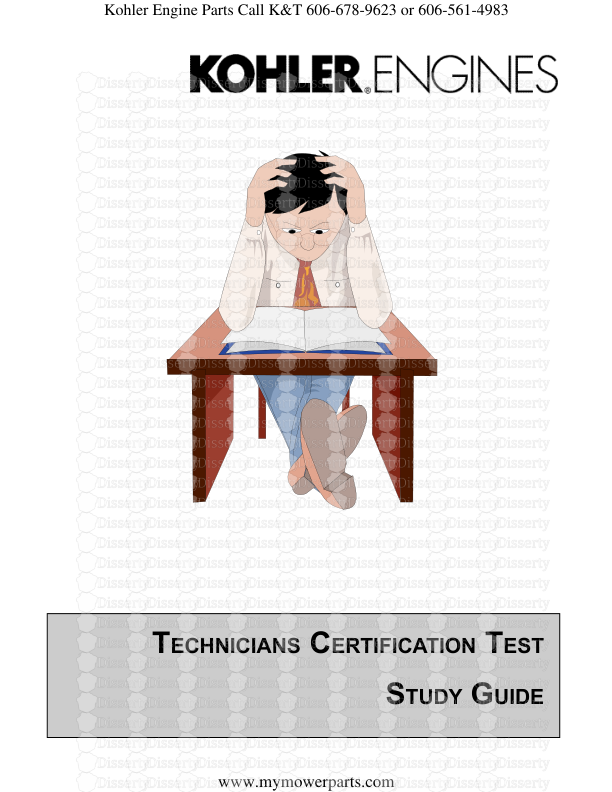

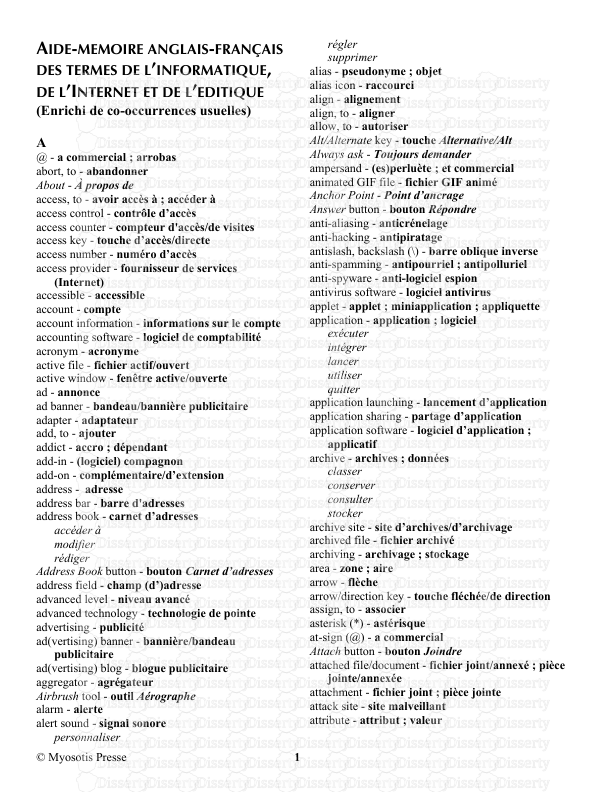



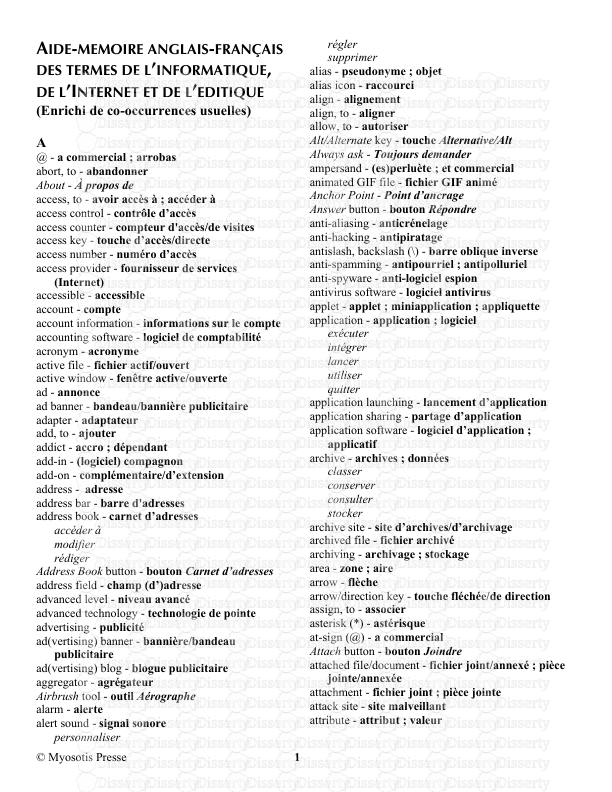
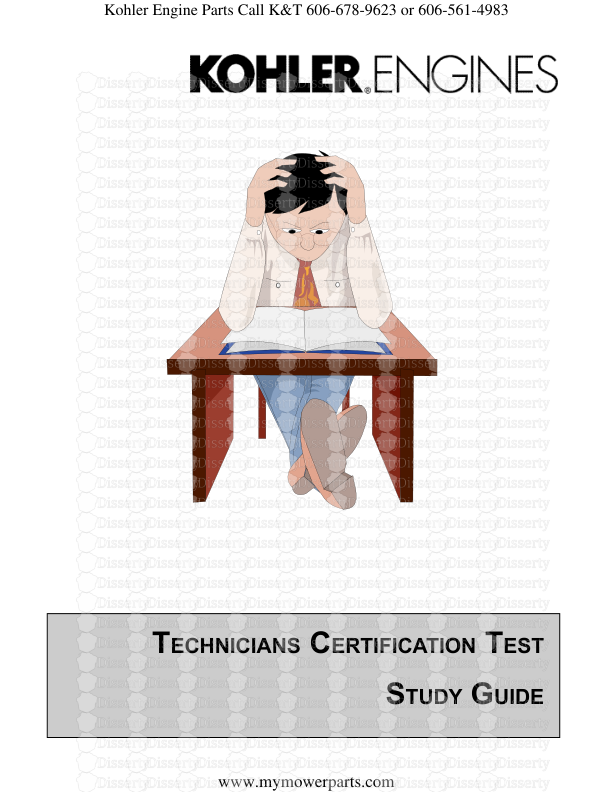


-
42
-
0
-
0
Licence et utilisation
Gratuit pour un usage personnel Attribution requise- Détails
- Publié le Jul 23, 2022
- Catégorie Geography / Geogra...
- Langue French
- Taille du fichier 10.6131MB


